Travel & Training in Seville, Spain
Reasons to go: Great weather, beautiful ancient architecture, friendly people, extremely safe for solo female travelers, great food, great nightlife, pedestrian friendly.
Seville was my final European destination before heading back to USA. I spent six weeks here between August-September. It was my first time in mainland Spain, a country that had been on my “places to visit” list for quite some time which I previously just never seemed to get around to visiting. I’d debated between Valencia, Barcelona, Madrid and Seville, but ultimately chose Seville for a combination of cheap flights and city size. After recently spending many months in SE Asian mega cities such as Bangkok and Hanoi, I now wanted something smaller so quickly ruled out Madrid and Barcelona. Following the recommendation of my aunt who had been to both Seville and Valencia in the past, Seville seemed like the better choice.
Seville
Seville is a beautiful and very clean city. A river runs through the middle, crossed at intervals by bridges of different styles of architecture. A wide path runs along both sides of the river, cobblestoned in some areas with smooth asphalt in other places, with beautiful graffiti along the walls on the East side between the Passarela del la Cartuja (a pedestrian bridge) and Barqueta bridge. This became my regular jogging path on nights when BJJ class wasn’t an option.
City center is full of narrow little streets, tall buildings, cozy cafes, tourist shops, elegant sculptures of metal and stone, ornate ancient churches, and grand monuments. It’s a super charming ambiance for strolling through the city, especially at night. Going further away from the city center, the buildings become progressively more modern.
Logistics
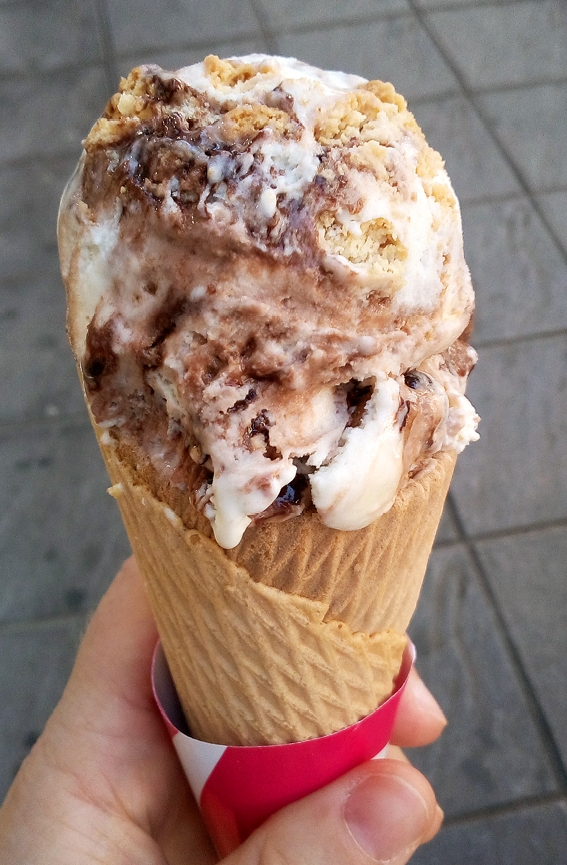 Sevilla is large enough to have an airport (a small one), located about an hour by bus from the city center. Buses go there very frequently and cost 4€ one way, which you pay in cash as you board the bus.
Sevilla is large enough to have an airport (a small one), located about an hour by bus from the city center. Buses go there very frequently and cost 4€ one way, which you pay in cash as you board the bus.
One of the places to purchase SIM cards is Vodafone, which has many locations throughout town. Like most places in Europe, it’s quick, cheap, and easy to purchase a SIM card. You can also purchase SIMs from some of the tourist information booths, though I found these to be a little more expensive. I had a European SIM with some data left when I first arrived in Seville, so didn’t check if any of the stores at the airport actually sold SIM cards.
Many grocery stores do open pretty late (9-10ish), but some close during the midday hours (1pm – 5pm), and are frequently close Sundays (so remember to plan ahead).
The city is extremely pedestrian friendly and easy to traverse without a car. There are bus routes throughout, one above ground tram line, a metro, bike share and electric scooters for rent. I stayed close to the city center so actually just walked everywhere.
Seville is very much a tourist city. It wasn’t uncommon to catch bits of French, English and other languages being spoken when walking through crowds. Seville is also the city of ice cream! You can find ice cream stores on just about every corner in city center, with great selections of flavors.
Language
The main language is of course Spanish, though most people speak English as well (ranging from just a few words to being close to fluent). I had been learning Spanish myself using the Duolingo app on my phone for the last two months, so knew a handful of phrases and words and was happy to practice and try to speak Spanish whenever I could. The Spanish here (I’m told) is spoken much faster than in other parts of Spain, and people tend to cut off the ends of words. Nevertheless, I was often able to pick out some words and have a little idea of what was being said.
I’m continuing to learn Spanish (a little every day on my phone app) and hope to end up in other Spanish speaking countries in the future to have the chance to practice conversing more in person.
Hot Summer Days
The climate in Seville actually reminded me a lot of my home town of Phoenix (Arizona). It was hot and dry with cloudless blue skies most days.
During August, Seville became a ghost town during the middle of the afternoon when the sun was at its peak, streets empty except for maybe a few brave (or foolish) tourists. Stores would close around 1pm and re-open later in the evening. At night, once the sun began to set and the worst of the daytime heat was over, the city came to life again with streets full with people walking around and having food/drink at the many cozy cafes.
My first apartment didn’t have AC. I was a little worried about this reading the listing in advance, but it didn’t end up being a problem. Located on the ground floor and in the shade of other buildings, it stayed comfortably cool throughout most of the day and night.
Catholicism & Capirote
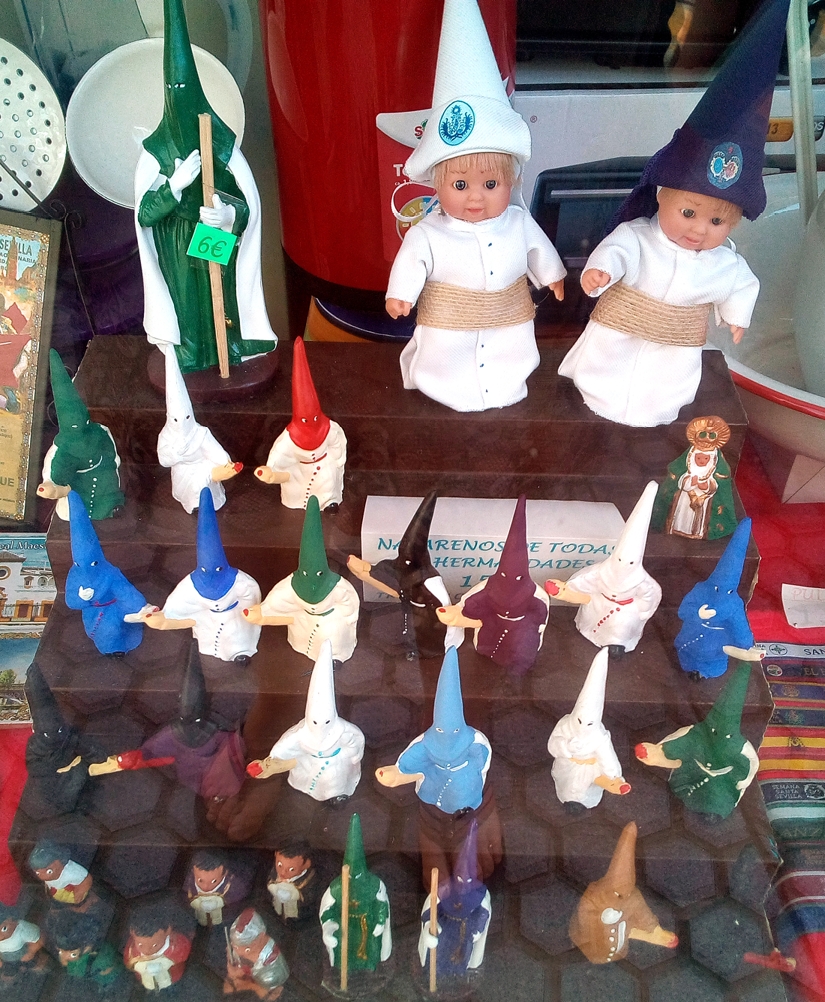 Seville has a huge Catholic population and many (fully functional, well maintained) churches throughout the city. You’ll see in some stores little stone figures or images of people wearing tall pointy hats and robes, called capirotes. To an American, this is initially a little shocking and instantly brings to mind the KKK. But, these costumes predates that and has no association with the KKK in Seville. Capirotes were worn by people arrested during the inquisition, with different colors representing the different punishments they were given. In modern times, it’s a symbol that represents Catholic penance worn by members during certain processions.
Seville has a huge Catholic population and many (fully functional, well maintained) churches throughout the city. You’ll see in some stores little stone figures or images of people wearing tall pointy hats and robes, called capirotes. To an American, this is initially a little shocking and instantly brings to mind the KKK. But, these costumes predates that and has no association with the KKK in Seville. Capirotes were worn by people arrested during the inquisition, with different colors representing the different punishments they were given. In modern times, it’s a symbol that represents Catholic penance worn by members during certain processions.
Processions
Seville has a lot of processions/parades celebrating various catholic holidays, and celebrating the movement of holy relics from one church to another. One such parade passed through the tiny streets of my neighborhood one evening. It included people playing trumpets and drums, people in fancy suits carrying standards and candles, loud firecrackers, people throwing flower petals from the rooftops, and (most important) a large ornate box decorated with a tree and lady (Virgin Mary, probably?) containing a relic being manually carried by a bunch of people. I asked my roommate why the churches need to move the relics around so frequently. He told me that without moving the relics, there would be no excuse to have a parade.
Work Crunch
I spent less time in Seville than I normally would being a tourist and exploring the city and surrounding area. Having taken some time off for BJJ Globetrotters camp in Heidelberg and visiting my Belgian family the previous month, and wanting some time off to visit with my American friends and attend another BJJ Globetrotters camp the next month – this six week period was more heavily focused on getting as far ahead on my projects as possible. Nevertheless, I did get the chance to visit the following locations close to city center.
Las Setas de la Encarnación (Incarnation’s Mushrooms)
This area consists of a giant wooden sculpture that looks like a cross between clouds, a waffle, and a beehive hanging over a plaza. It was designed by a German architect using birch wood imported from Finland, and cost over 100 million euros to build!
Royal Alcázar (Palace)
This is the Royal palace built for Peter of Castile, a Christian king, and is now a UNESCO World Heritage Site. It’s right next to the Seville Cathedral (which is breathtakingly beautiful in ornate exterior architecture and grandeur), so it works well to plan to see those two locations together.
The royal Alcazar consists of a series of rooms and courtyards in a couple different buildings with beautiful architecture of a couple different styles, which is really quite impressive in detail and density of patterns and decoration. The palace visit also includes a very nice tile collection on the second floor of one of the buildings, which is a traditional artistic style of the city.
There’s a separate ticket option to see the gardens (which look quite beautiful and extensive) but due to incoming stormy weather, these were closed on the day I visited. There is also a separate option to purchase an audio guide. One word of warning, the lines to purchase a ticket and enter are extremely long. I went on a Saturday morning and had to wait about an hour to get in, though I’m told it’s not uncommon for there to be very long lines every day of the week. I’d recommend purchasing a ticket online in advance if you plan on going, as that lets you wait in a different, much shorter/faster line to enter.
Plaza de España
This site consists of an immense plaza surrounded in a semi circle by long buildings lined with columns, with a couple fountains, statues, water passages and bridges. It’s truly impressive in size and grandeur. If there’s one thing I recommend you see in Seville while visiting, it would definitely be this! A scene from Star Wars: Episode II was actually filmed here.
Parque de Maria Luisa
The area surrounding the Plaza de España is a large, well maintained park with many plants, walkways, flowers, ponds, and sculptures. It’s a lovely place to go for a walk or jog.
Training
C.D. Crossfight (BJJ Globetrotters affiliated!) was my home gym for the duration of the stay in Seville. In addition to BJJ classes, C.D. Crossfight offers kickboxing classes and includes a regular gym room with machines and weights. I didn’t use the regular gym part, but it seemed well maintained with a good set of basic equipment. The mat room is actually located down the street from the weights room. It’s not a huge space, but is clean and has good quality mats.
The C.D. Crossfight team was very friendly and welcoming to travelers – I felt instantly at home here! Aurelio Castilla (black belt) was the main instructor, with other brown belts occasionally giving class when Aurelio was unavailable. Aurelio himself had traveled and trained in a handful of other places throughout his BJJ career as well, such as Poland, Dublin and California.
BJJ class normally took place in the evenings, 5 days/week. Being a smaller gym, there were no separate fundamentals/advanced or kids classes. Rather, everyone trained together, with more advanced students helping the newer ones when needed. Classes were given in a mixture of Spanish and English. Fortunately, there was always someone who spoke English around who was able and willing to help translate. Or, Aurelio himself would repeat the explanation in English if anything was unclear to me. The beginning of my stay fell during summer break, so classes were much more intermittent for the first couple weeks with many students out of town. I unfortunately wasn’t able to train quite as regularly as I normally would have during that period. Once summer break ended though, the normal classes resumed and become much more regular.
Some days, students and instructors came to visit from gyms of other nearby villages as well, packing the mats of the small C.D. Crossfight gym space! It was not uncommon for the students and instructors to go out for drinks after training, with everyone invited to join – it was a very inclusive, welcoming, and family-friendly atmosphere.
Aruelio’s Birthday
Sometime during the middle of my trip, Aurelio had a birthday party held outside at a country house in a nearby village, with many of the people from the gym attending. There was a small square of puzzle mats set up in the shade for rolls, and a giant public pool – perfect for cooling off after rolls on a hot day! There was also cold drinks and tons of great food (including some Spanish specialties like salmorejo and tortillas). Salmorejo is a thick drink made of tomatoes, oil, bread, garlic and spices, a little like gazpacho but different. Tortillas here are NOT the thin wraps we use to make burritos in the states. Here, tortillas are a savory dish that looks like a very thick omelette made of eggs, potatoes, onions, oil and spices. Very tasty!
Giant thanks Aruelio for making me feel like a part of the team while I was here! I leave Seville with many good memories of the city and the friendliness of the people here.

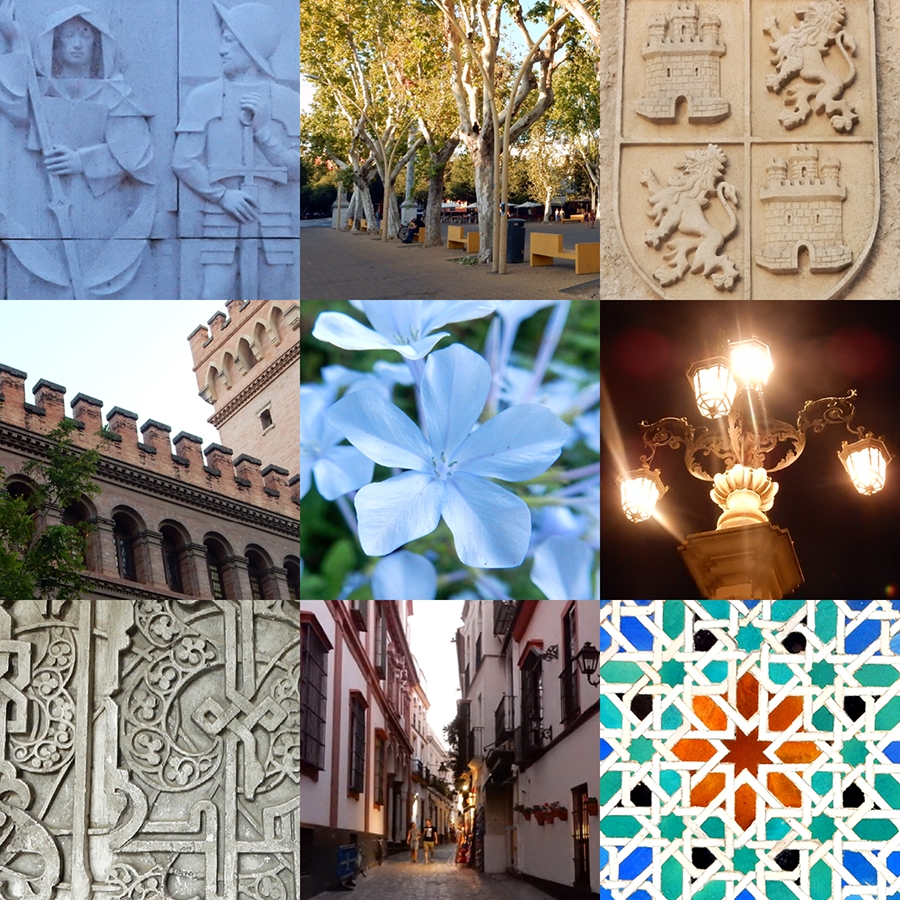
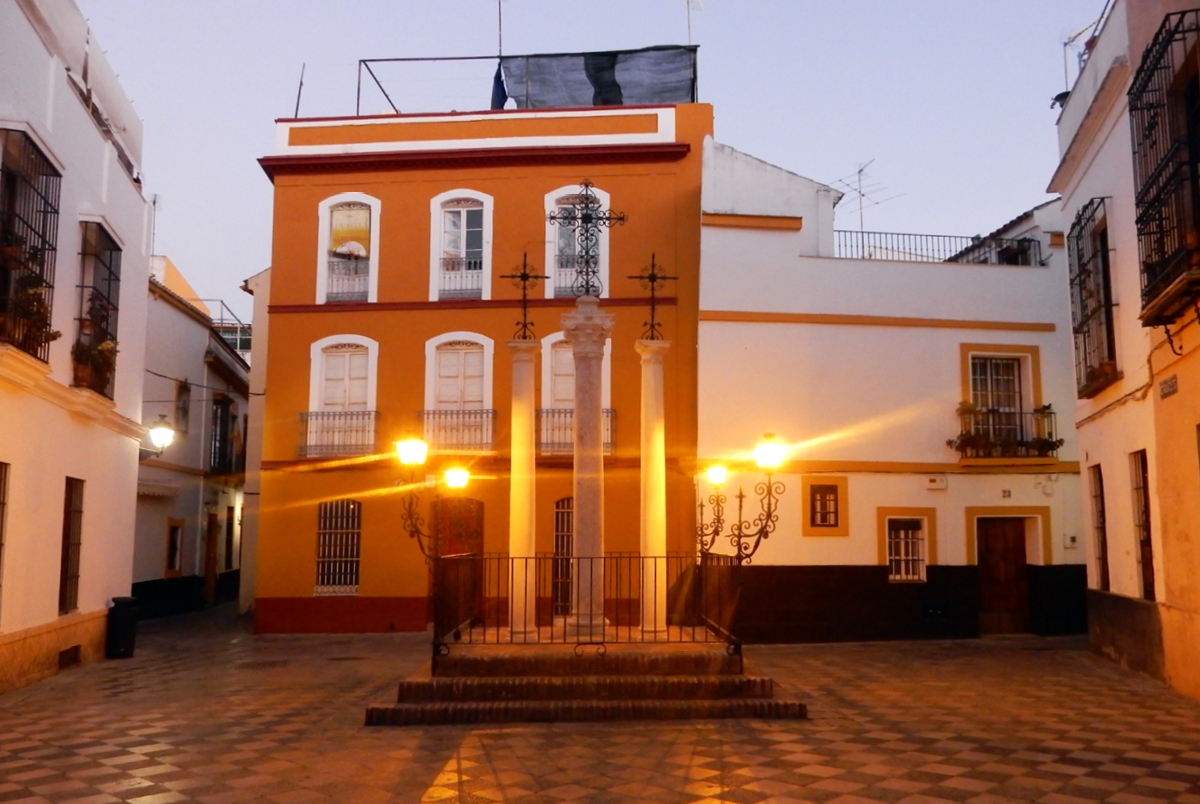
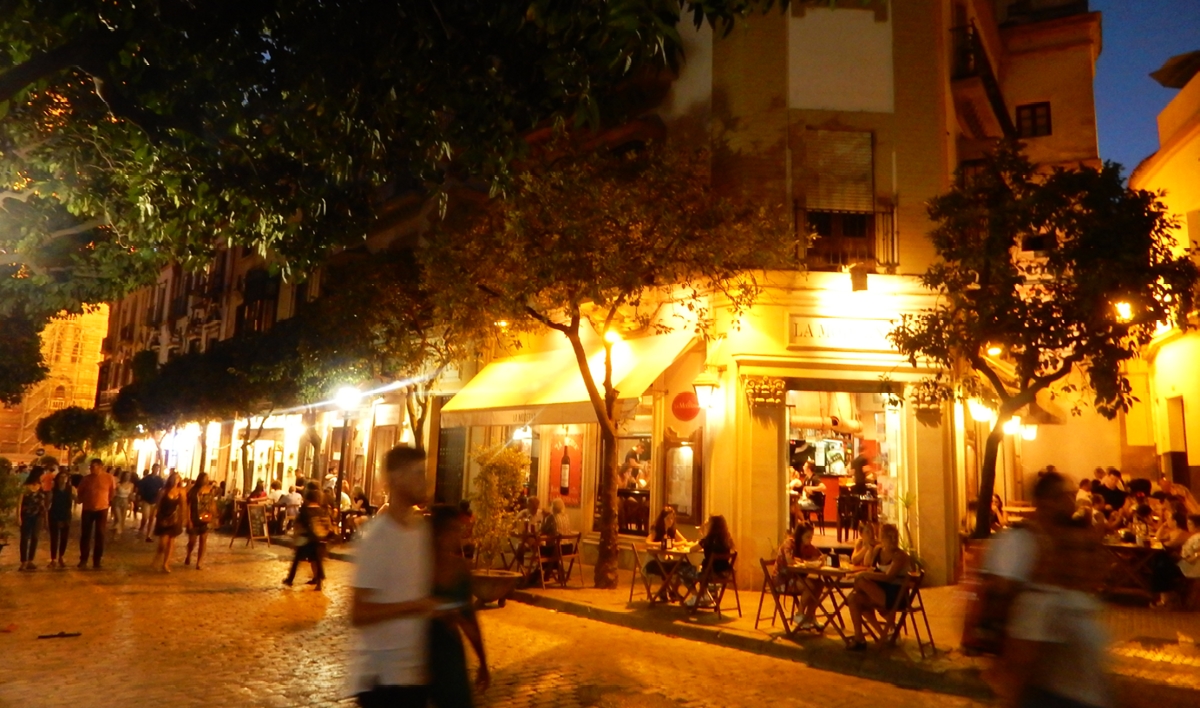
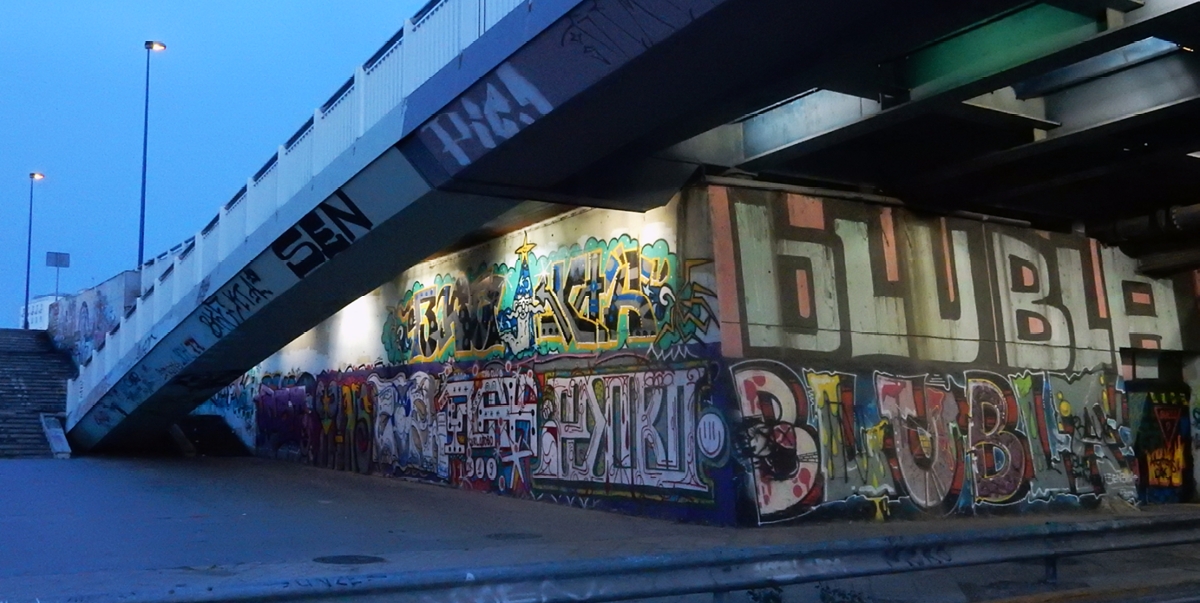
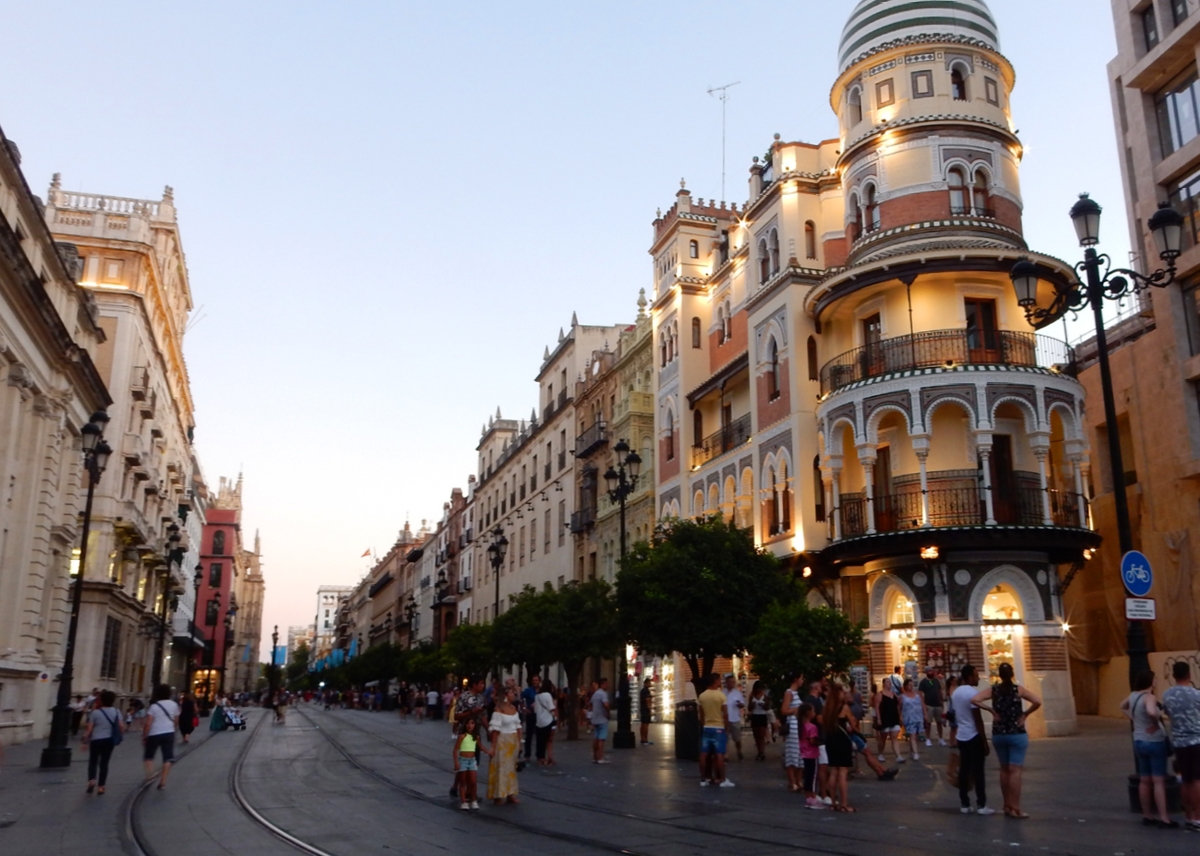
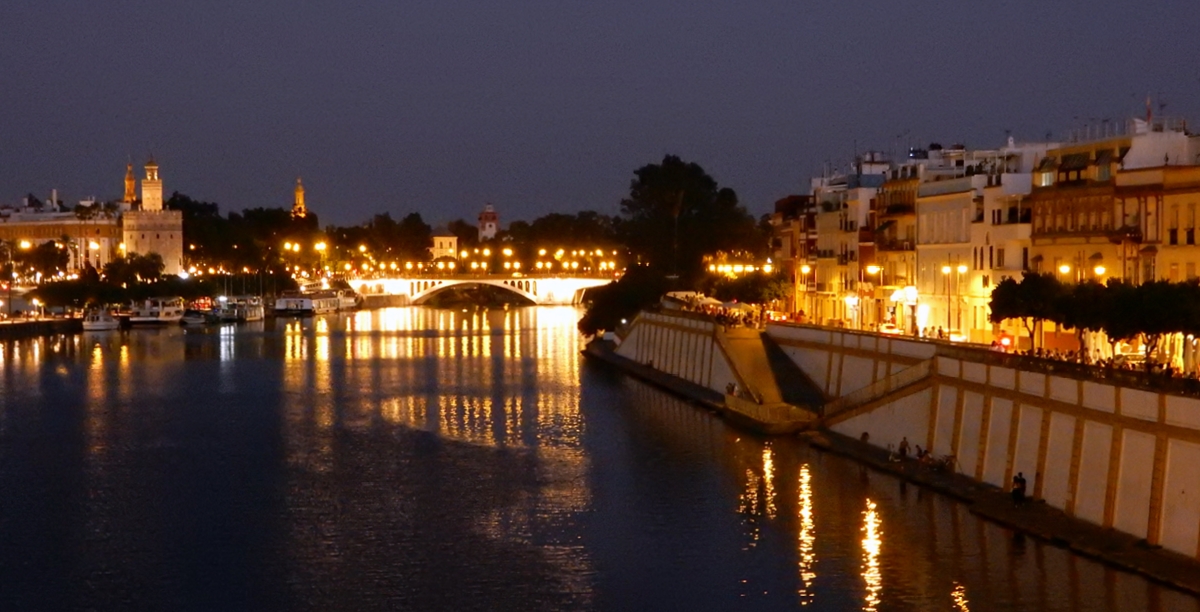












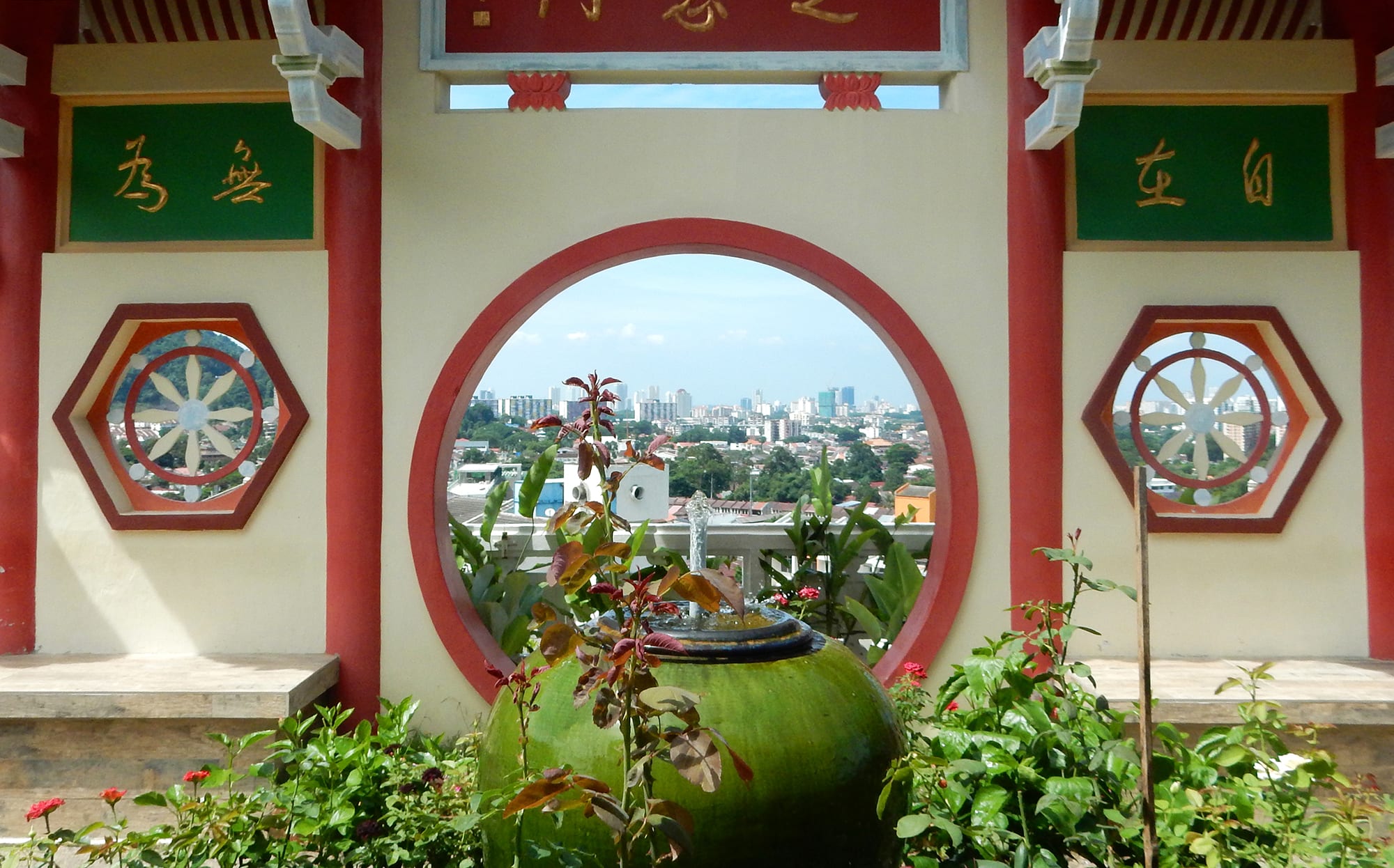
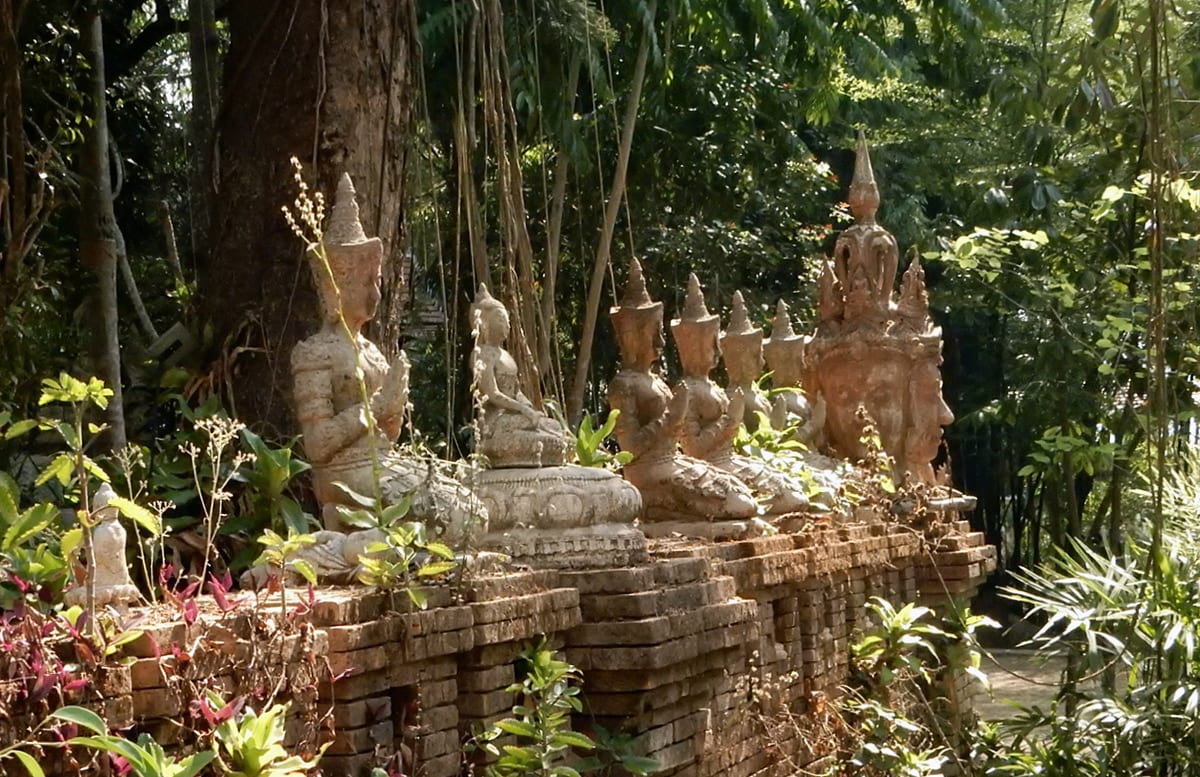
![IMG-20230720-WA0003[4081]](https://www.bjjglobetrotters.com/wp-content/uploads/2023/08/IMG-20230720-WA00034081-180x180.jpg)















Leave a Reply
Want to join the discussion?Feel free to contribute!